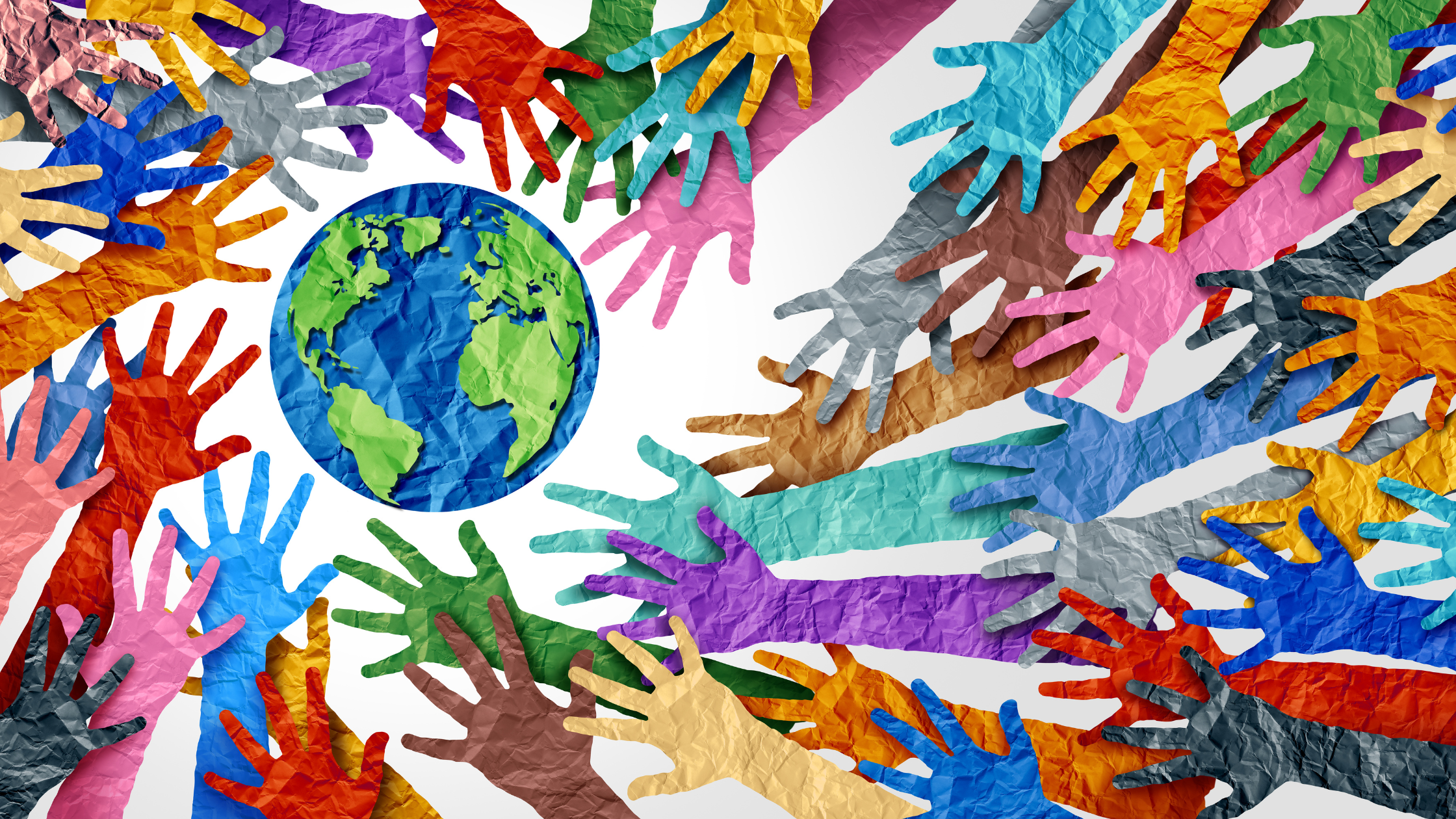Pop culture is a powerful force that influences how we see ourselves and others. It reflects and shapes our values, beliefs, attitudes, and behaviors. It also affects how we perceive diversity and inclusion in our society and workplaces. According to Deloitte, diverse companies enjoy 2.3 times higher cash flow per employee than less diverse ones.
Diversity refers to the variety of characteristics that make us unique, such as race, ethnicity, gender, age, disability, sexual orientation, religion, etc. Inclusion refers to the behaviors and social norms that ensure people feel welcome, respected, valued, and supported.
Pop culture can have both positive and negative effects on diversity and inclusion. On one hand, it can expose us to different perspectives, cultures, identities, and experiences that broaden our horizons and challenge our stereotypes. On the other hand, it can reinforce biases, prejudices, discrimination, and exclusion that limit our potential and harm others.
Here are some examples of how pop culture influences our perceptions of diversity and inclusion:
Media representation
The media plays a crucial role in shaping how we see ourselves and others. According to a study by USC Annenberg School for Communication and Journalism, only 39% of the top 100 Hollywood films in 2019 were led or co-led by a female character; only 17% featured leads or co-leads from underrepresented racial/ethnic groups; only 1% featured leads or co-leads with disabilities; only 0.7% featured leads or co-leads who identified as LGBTQ+.
These numbers show a lack of diversity and inclusion in mainstream media that can affect how we perceive our own worthiness and belongingness as well as those of others who are different from us.
Media representation also matters for attracting and retaining diverse talent in the workplace. According to a Glassdoor survey, 67% of workers consider diversity when seeking employment, and this percentage is even higher for women, Black, Asian, and Latino respondents.
Therefore, companies that showcase their commitment to diversity and inclusion through their advertising, branding, and social media can gain a competitive edge in hiring and retaining diverse talent.
Advertising
Advertising is another form of media that influences our perceptions of diversity and inclusion. According to a survey by Google, consumers from various groups expressed a strong preference for diverse and inclusive ads.
For example, 69% of Black consumers say they are more likely to purchase from a brand whose advertising positively reflects their race/ethnicity; 64% of LGBTQ consumers say they are more likely to consider brands that represent LGBTQ people in their ads; 53% of Hispanic consumers say they expect brands to take a stand on important social issues through their advertising.
These findings suggest that advertising can have a positive impact on diversity and inclusion by showcasing diverse stories, voices, and images that resonate with consumers and inspire social change.
Pop culture icons
Pop culture icons are celebrities, artists, athletes, activists, etc. who have a large following and influence on pop culture. They can use their platforms to promote diversity and inclusion by sharing their personal stories, speaking out against injustice, supporting causes, and collaborating with others who share their vision.
Some examples of pop culture icons who advocate for diversity and inclusion are Beyoncé, Lizzo, Malala Yousafzai, LeBron James, Ellen DeGeneres, Trevor Noah, etc. They inspire millions of people around the world with their messages of empowerment, equality, solidarity, and compassion.
At work, many employees still face stereotypes, bias, discrimination, and exclusion at work. According to a report by McKinsey & Company, about 31% of Asian American Pacific Islander (AAPI) employees and 25% of Hispanic and Black employees experience stereotypes and bias at work. Black employees say they’re treated less fairly and get less support to advance their careers than other groups.
It's important to be aware of how pop culture influences us and others, to critically examine the messages we consume, to seek out diverse sources of information and entertainment, to challenge stereotypes and biases, to celebrate diversity, to practice inclusion, to learn from each other, to grow together.
Some of the best practices for fostering diversity and inclusion in the workplace include:
- Setting clear goals and metrics for measuring progress and impact.
- Providing regular training and education on topics such as unconscious bias, cultural competence, allyship, etc.
- Creating inclusive policies and practices that support flexible work arrangements, pay equity, parental leave, etc.
- Establishing employee resource groups (ERGs), affinity networks, mentorship programs, etc. that provide opportunities for networking, learning, advocacy, etc.
- Encouraging feedback and dialogue from employees on their experiences and expectations regarding diversity and inclusion.
- Celebrating successes and recognizing achievements related to diversity and inclusion.

Comments